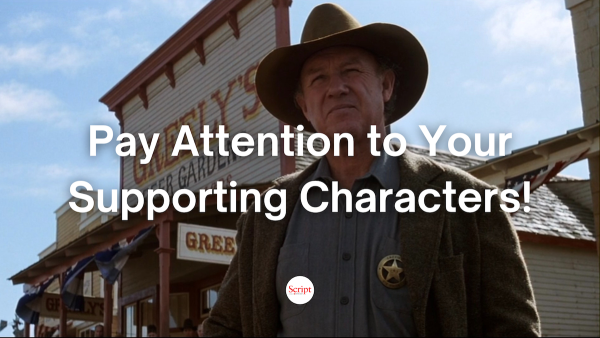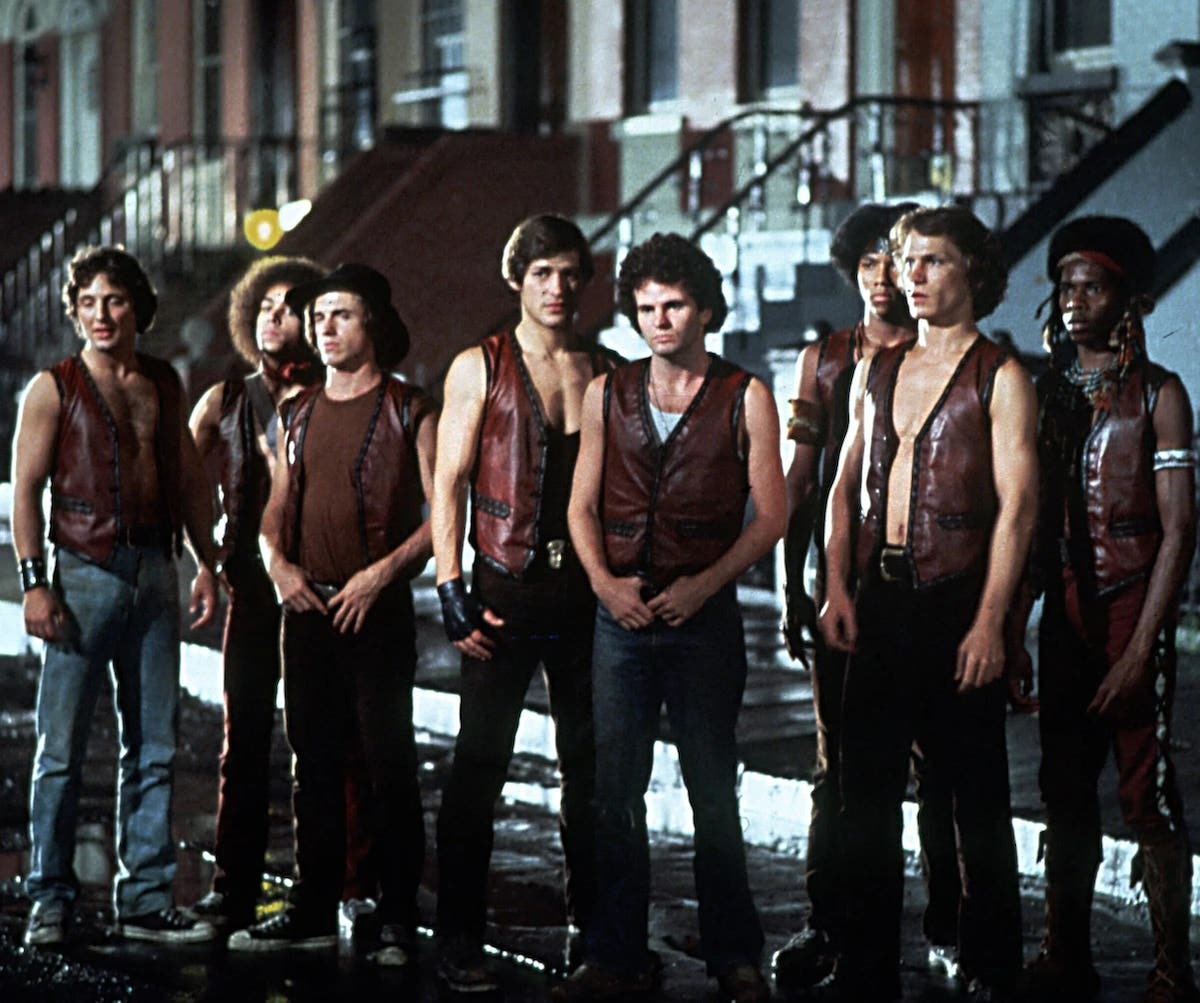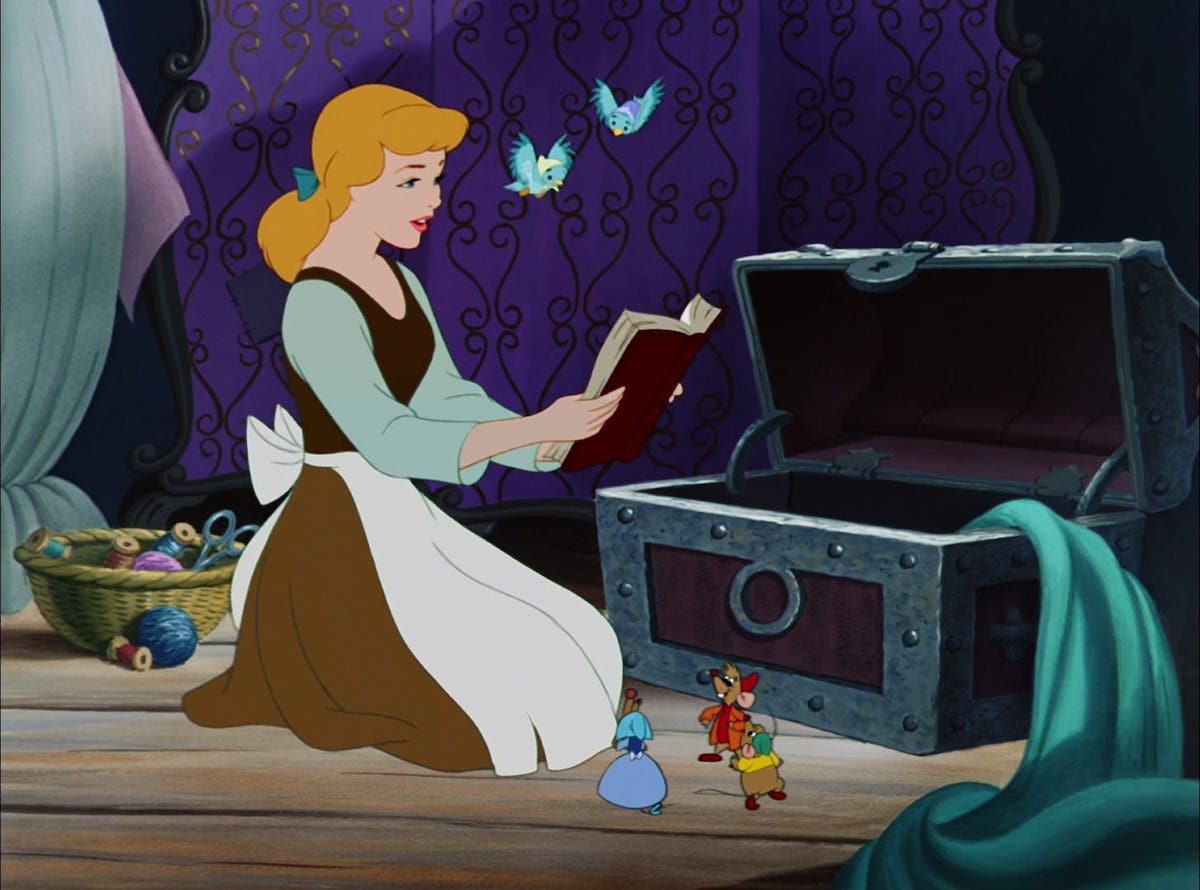Column D: Making the Sausage – The Screenwriting Process
In this post I want to talk to you about the screenwriting process. The actual nitty-gritty of writing the script. The sausage-making, if you will. For starters, I believe most…
In this post I want to talk to you about the screenwriting process. The actual nitty-gritty of writing the script. The sausage-making, if you will.
For starters, I believe most beginning screenwriters tend to look at writing a script as a singular thing and when you look back after finishing it, that may seem to be the case. After all, you’ve written a "script" not "scripts". It’s not plural. There’s just one of them, right? So there's only "the writing", right?
Technically, that's true. However, I think when you set out to write, you would be far better served to think of screenwriting as something that happens in stages — three distinct stages. And the amount of time you should spend on each of these stages may surprise you.
Let's call the first stage of the process “preparing to write.” That’s the early part where you take your idea and begin to decide upon your characters and your important story beats and even some of your individual scenes. Some folks call this outlining. Fine. Except you don't need to use the outline form they taught you back in grade school. You can use index cards, diagrams, butcher paper or simply free-form notes on a yellow pad. Just so long as you do it and spend the requisite time on it.
Whatever you call it, I believe it's absolutely essential to prepare extensively before writing your first draft. Unlike a novel, where the writer can literally begin with an idea and just start writing, a screenplay has to be planned out before the actual writing of scenes.
I liken this to a lawyer preparing for a big trial. No self-respecting lawyer goes to trial without preparing. Extensively. To fail to do so would make for some mighty poor lawyering and an unhappy client.
By comparison, novelists tend to create on the fly. That form of storytelling permits it (though rewrites are just as essential when it comes to writing novels). However, if you were to take the novelist’s approach with respect to screenwriting, I can almost guarantee you’ll hit an impenetrable wall somewhere around page forty. Your story will stop dead.
Think of it like driving across the country. You don’t just get in the car and point it east or west and step on the gas. You pick a route, with stops along the way. You may alter the route along the way or decide upon different stops than originally intended, but at least you begin with a map and plan. Putting it simply, you know roughly where you're going before you start.
In my own writing process, this preparation stage can last anywhere from weeks to months. How do you know when you've done enough preparing and you’re ready to move on? Simply put, when you've answered all the questions and can’t think of anything else to ponder, you're ready for the next step. There should be nothing holding you back. You should have no fear of hitting a wall since your map is clearly laid out, although with plenty of room to make adjustments as you go.
The second stage then is writing the first draft of the screenplay. Here is where you take that map or outline and start writing your first draft. If you’ve done the first stage properly, you should be able to plow through it pretty fast. I’ve done so in as little as ten days. Two weeks is a reasonable expectation. Depending on your own personal schedule and responsibilities, it may take a little longer. However, if you have gone beyond a month, it's likely that you didn't do as good a job preparing in that first stage and may have to go back and do more brainstorming.
The third stage is what follows and, in my opinion, it’s the place where all the best writing happens. That's the "rewriting” process. Beginners are often so excited at finishing their first draft that they think they’re all done when, in fact, they're far from it. In my opinion, the number one mistake new writers make is showing their script to a decision-maker before it's ready. And I can assure you that after the first draft, it isn’t ready. Not even close. Hell, it isn’t even close to ready after two or three rewrites.
You should know that professional writers NEVER show their first draft to anyone – even their spouse. That first draft is just a starting point. It’s rough. Oh, it’s got all the characters and story beats, but it’s nowhere near as good as it will eventually be. Re-writing is hard work. But rest assured, it's this stage and the work you do in it that will make your script something polished and worthy of professional consideration.
Here comes the interesting part and what beginners are most often surprised to learn. It is my professional opinion that in terms of overall time one should spend on each stage, the breakdown should look something like this:
(1) Prep: 25%
(2) Writing the first draft: 15%
(3) Re-writing: 60%
This may seem out-of-whack to you, but I can assure you that if you follow this method you'll write a script that has the best chance to get you noticed by the people who matter. If you stop after stage two, or scrimp on stage three, you’ll fail to get the most out of your idea. I guarantee it.
So how many re-writes should you do? How do you even start? Those questions and more will be answered in part two of Making the Sausage coming next month.
Drew Yanno takes you
From Idea to Story to Screenplay
in his webinar at The Writers Store
Drew Yanno began writing for film in 1993 and has been a member of the WGA since 1995 when he sold his script No Safe Haven to Universal Studios after a six hour bidding war. In 2000, Drew founded the screenwriting program in the Film Studies department at Boston College where he taught for eleven years. He is the author of The Third Act: Writing a Great Ending to Your Screenplay. His second book Idea to Story to Screenplay: a Workbook For Writing the First Draft of Your Screenplay is now available as a Kindle e-book on Amazon. Drew’s first novel In the Matter of Michael Vogel was released in March 2013 and was named one of the best Kindle Books of 2013 by Digital Book Today. In addition to writing and teaching, Drew also worked as a script consultant and served as an adviser to actor and producer Will Smith on a number of projects. Prior to becoming a screenwriter and screenwriting professor, Drew was a practicing attorney and taught law in the Carroll School of Management at Boston College. Follow Drew on Twitter @drewyanno.







